Flood control is one of the major natural challenges every country faces, and the Philippines is no exception. Floods in the Philippines are one of the biggest contributors to human death during the typhoon and rainy seasons.
Although proper drainage and waste management are essential to mitigate flooding, especially in urban areas, vegetation is needed in rural areas to slow down the water coming from the mountains. In this article, we are going to give you lists of trees that can be planted to help slow, if not eliminate, the flooding. These tree species can not only slow down the water but also be a source of income, even if you cut them down.
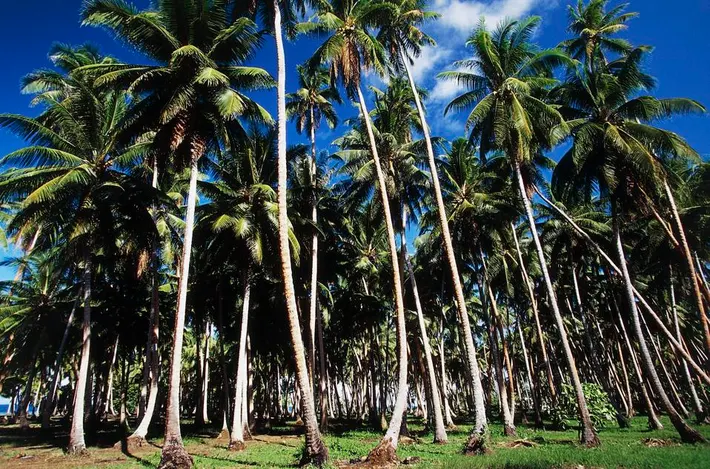
Flood Control Trees to Plant
1. Bamboo
Bamboo excels in flood control due to its unique characteristics:
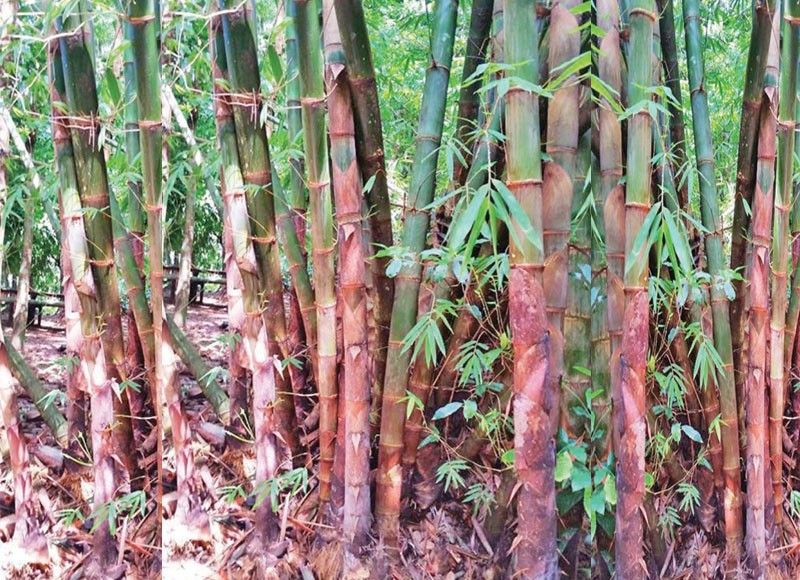
-
Fast-Growing: Bamboo grows incredibly fast, allowing for quicker establishment of dense stands that can act as natural barriers. This is crucial for reforestation efforts in flood-prone areas.
-
Soil Binding: The extensive underground rhizomes (roots) network helps bind the soil together. This prevents erosion by floodwaters, which can worsen flooding by washing away soil and increasing water flow.
-
Water Absorption: Certain bamboo varieties, like Guada bamboo, can absorb significant amounts of rainwater in their stalks. This natural storage helps regulate water flow and reduce flood peaks.
-
Strength and Flexibility: Bamboo’s strong, flexible culms (stalks) can withstand strong currents and winds during floods. This makes them more resilient than some trees that might break or uproot.
While not a single solution, bamboo’s rapid growth, soil stabilization, and water absorption make it a valuable tool in flood control strategies.
2. Coconut
Coconut palms, while not the absolute best, offer some advantages for flood control:
-
Root System: Their shallow, fibrous roots spread wide and deep, anchoring them to the ground during strong winds and floods. This helps prevent soil erosion, which can worsen flooding.
-
Water Absorption: The sandy soil where they often thrive allows for some water infiltration, reducing surface runoff that contributes to floods.
-
Wave Buffers: In coastal areas, coconut groves can act as natural barriers, lessening the impact of waves during storms and reducing erosion.
However, coconut palms have limitations:
- Limited Height: Compared to mangroves, they offer less overall floodwater interception.
- Saltwater Sensitivity: Excessive saltwater exposure can damage them.
For optimal flood control, a mix of trees with varying root structures and salt tolerance might be more effective.
3. Kakawate or Madre de Cacao
Kakawate, kakawati, or madre de cacao (scientific name: Gliricidia sepium) is a medium size fast-growing leguminous tree that has a lot of useful properties. It can be seen mostly planted on hillsides or as living fences. Although it does not grow tall, its mature wood is extremely hard and strong. The good thing about kakawate is when you cut it down, its stump regrows making it a sustainable plant. Its wood can produce high-quality charcoal and firewood. Its mature wood can be used in furniture. Its leaves feed vermicomposting worms, as animal feed, and as an organic insecticide.
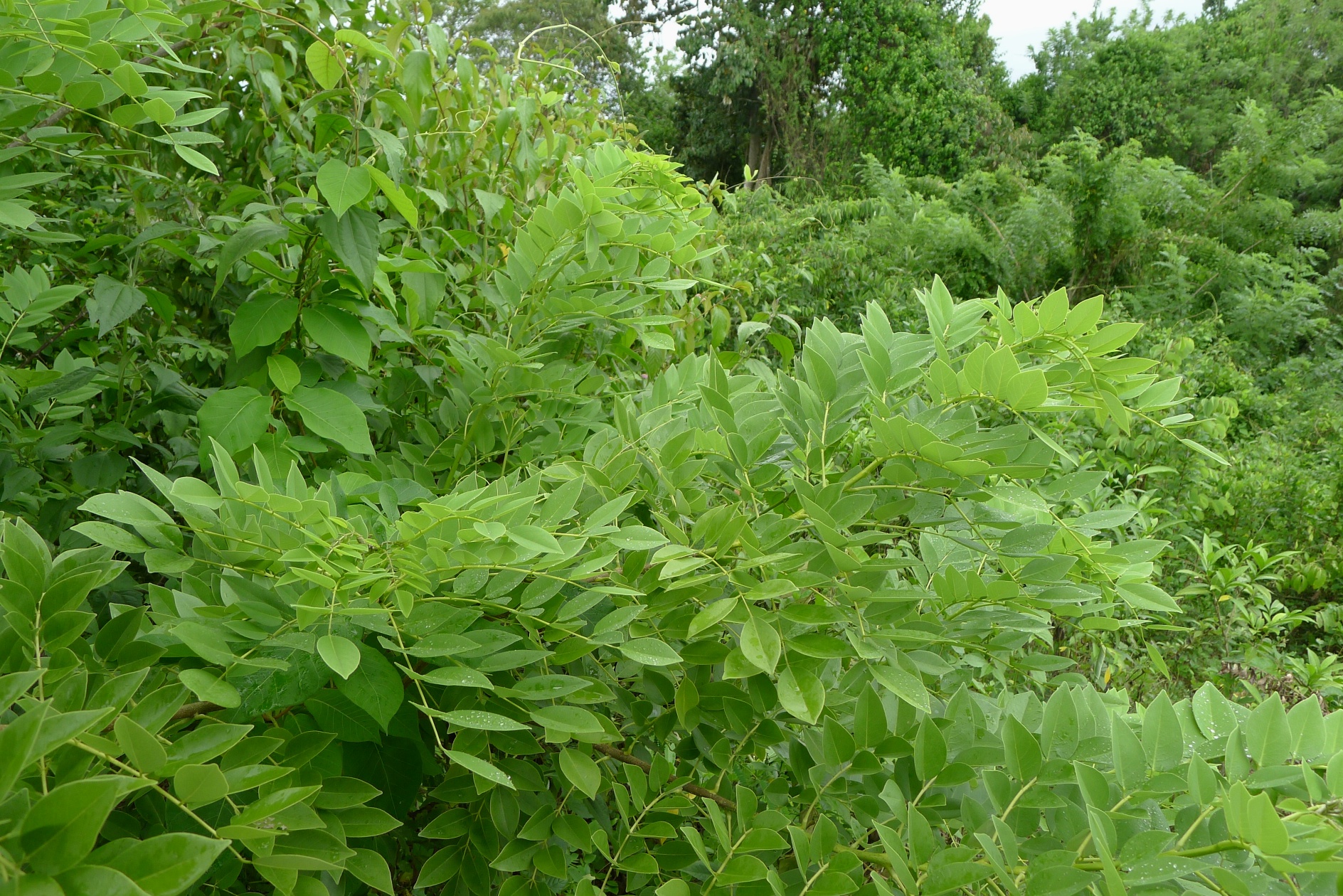
4. Ipil-ipil
Ipil-ipil (scientific name: Leucaena leucocephala) is a small, fast-growing mimosoid tree found anywhere in the Philippines. Ipil-ipil has almost the same uses as kakawate. It can regrow when cut down, its leaves are used to feed animals, especially goats, and its mature wood can be used in furniture. If you have flooded land, Ipil-ipil is one of the best options for planting.
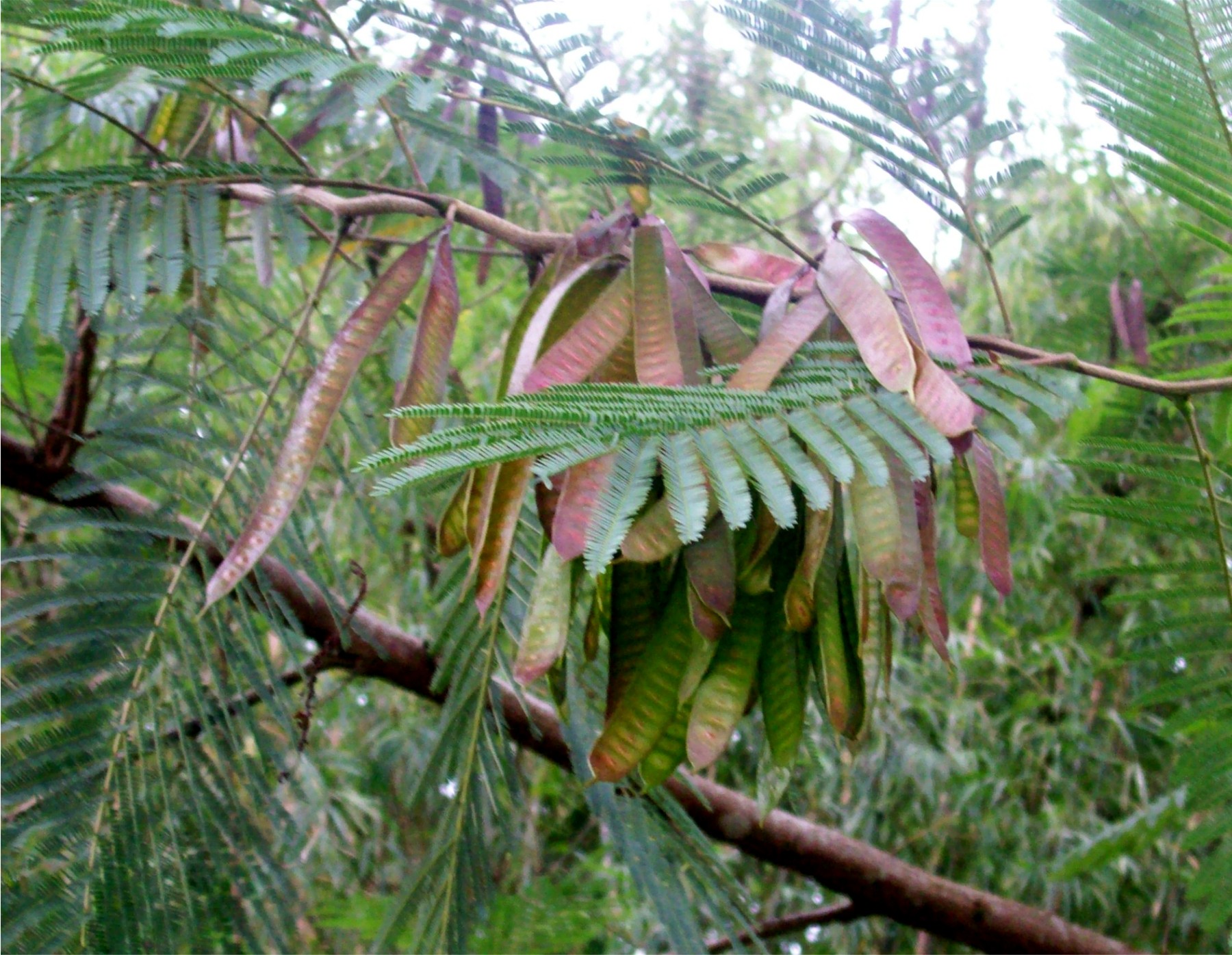
5. Gmelina
Gmelina (scientific name: Gmelina arborea) is a fast-growing tree primarily used in reforestation due to its quality lumber for house construction and furniture. There is even a popular anecdote saying gmelina can leave the spring dry, so it should not be planted near the spring. Still, this story is proven to be untrue, as spring water originates hundreds of meters under the ground.
Gmelina’s ability to regrow and fast growth make it a good flood control tree. It is best planted on hillsides and may grow to a limited height when planted on flat lands. The tree should not be planted in windy places as it is vulnerable to windbreaking during its first year. Gmelina lumber can be harvested in five years.
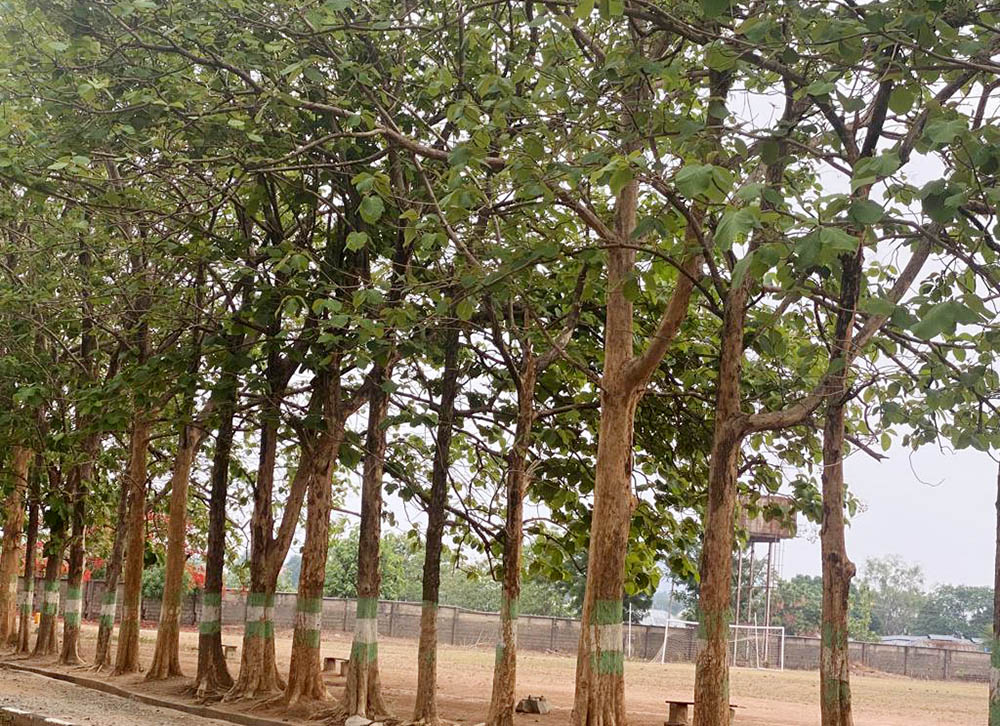
6. Mangroves
Mangroves (scientific name: Rhizophora mangle) are a group of trees and shrubs that live in the coastal intertidal zone. This group is undoubtedly the best plant for controlling floods in coastal areas. Mangroves are strictly protected anywhere in the Philippines.
Other flood control trees and plants of economic importance include Coffee (scientific name: Coffea), Buli (scientific name: Corypha utan), Anahaw (scientific name: Livistona rotundifolia), Date palm (scientific name: Phoenix dactylifera), Pandan (scientific name: Pandanus), and fruits trees among others.
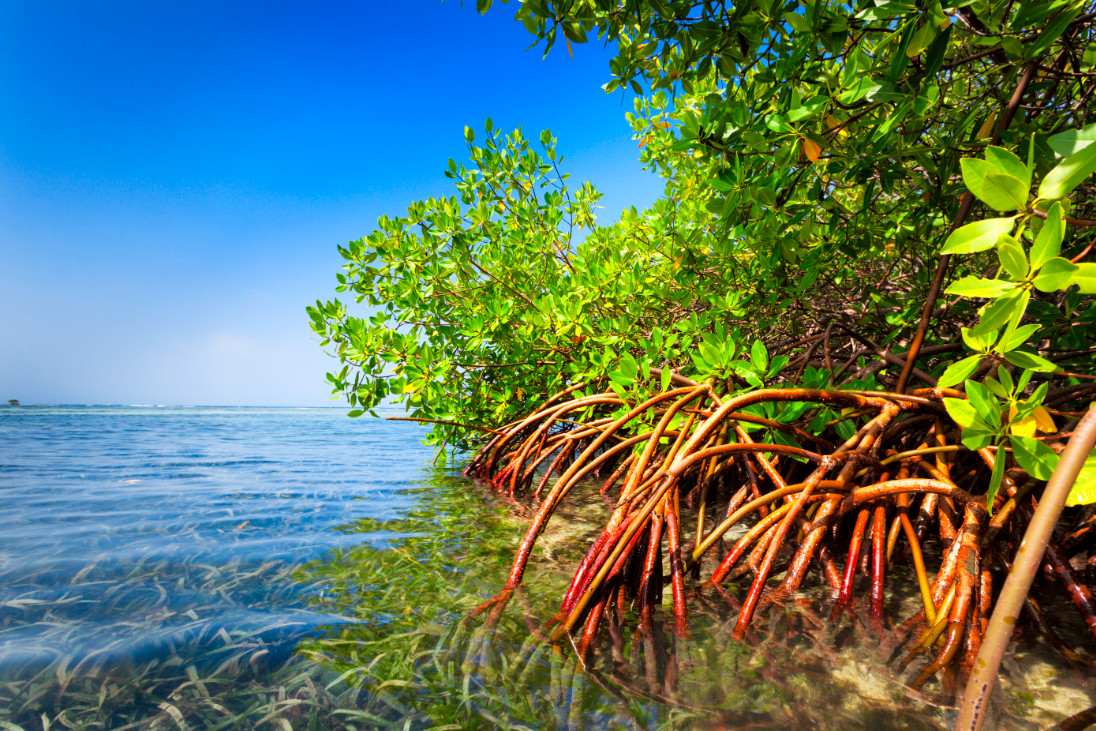
Common Questions Related to Flood Causes and Preventions
What is considered natural flood control?
Natural flood management is when natural processes reduce the risk of flooding and coastal erosion. Examples include restoring bends in rivers, changing how land is managed so the soil can absorb more water, planting trees, and creating salt marshes on the coast to absorb wave energy.
What is the best way to prevent floods?
Retaining and creating natural green space around your home can help reduce sewer overflows by reducing stormwater runoff. Consider options such as rain gardens, vegetated swales, or pervious pavements, which allow more water to be absorbed by the ground.
What is a natural cause of flooding?
Flooding is normally caused by natural weather events such as heavy rainfall and thunderstorms over a short period. prolonged, extensive rainfall. high tide combined with stormy conditions.
How can we prevent flooding in the Philippines?
To prevent flood damage, construct a building one meter or more from the ground. To prevent floods, restore rivers, plant more trees, and clean drainage. The fact that the rivers will be restored to their original state and clean drainages will control the flow of water and prevent damage.
What are the natural and human causes of floods?
Dying water bodies, improper garbage disposal, and poor land policy are the major causes of urban flooding.
See Also:
- Why Agroforestry is Important in the Philippines
- Bamboo Farming and Production in the Philippines
- Narra Tree: All You Need to Know
- Almaciga Tree: All You Need To Know
- Why is Magkono Wood so Popular?
